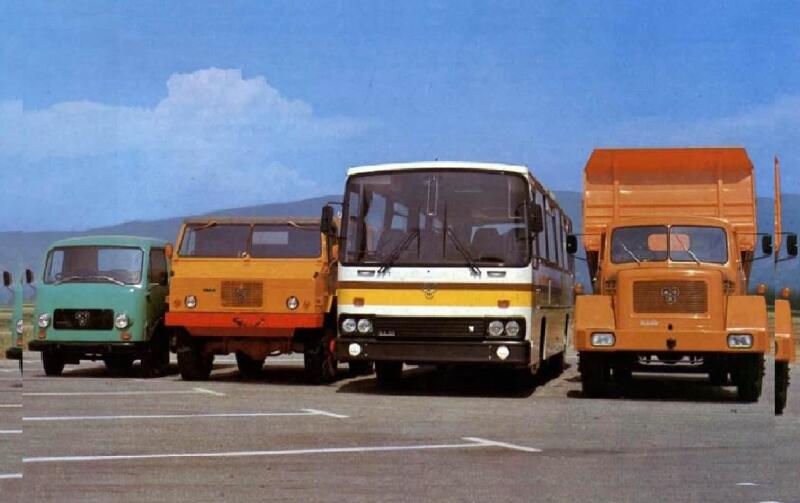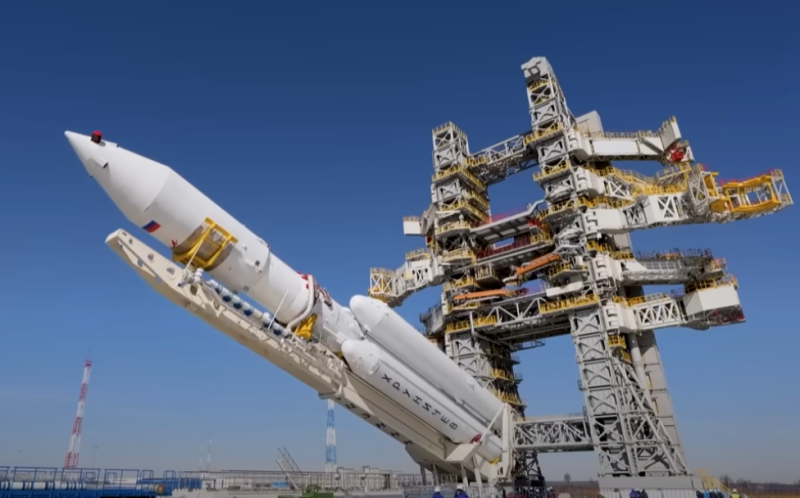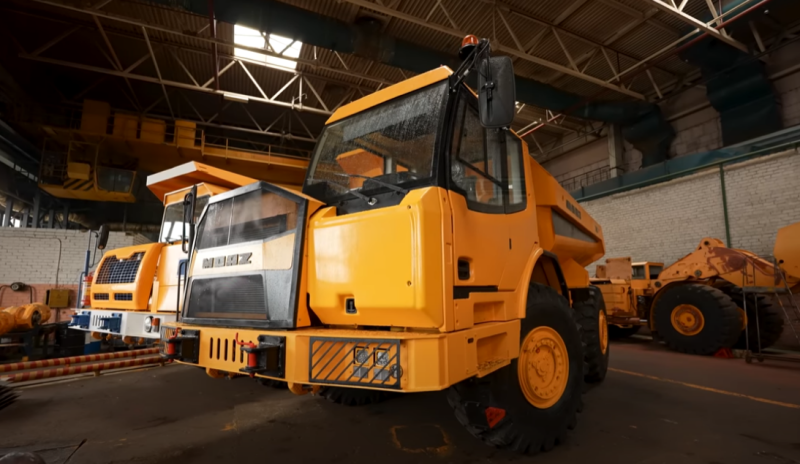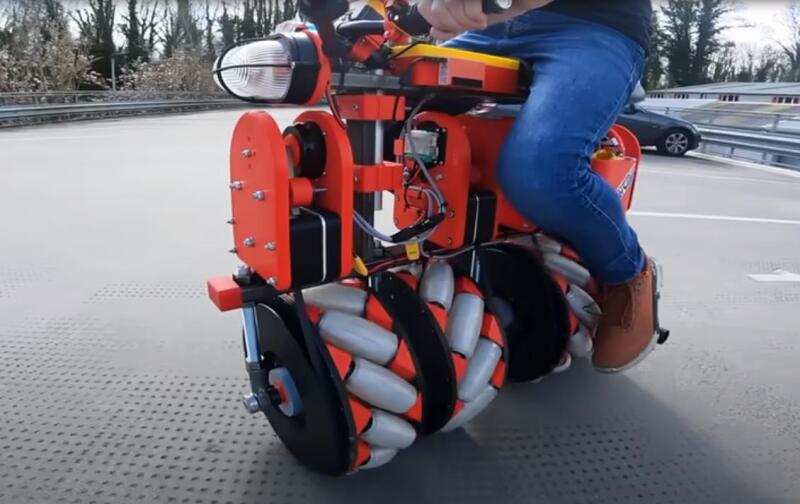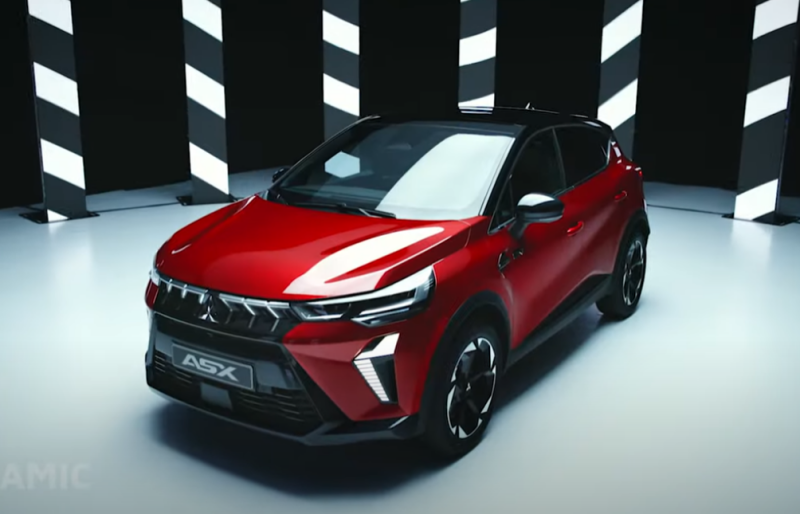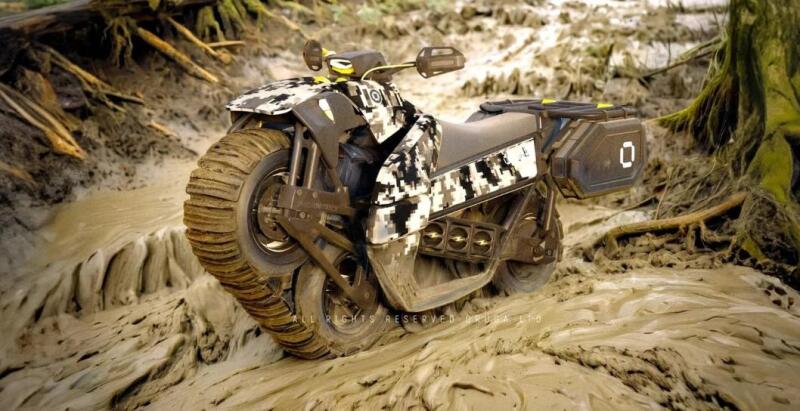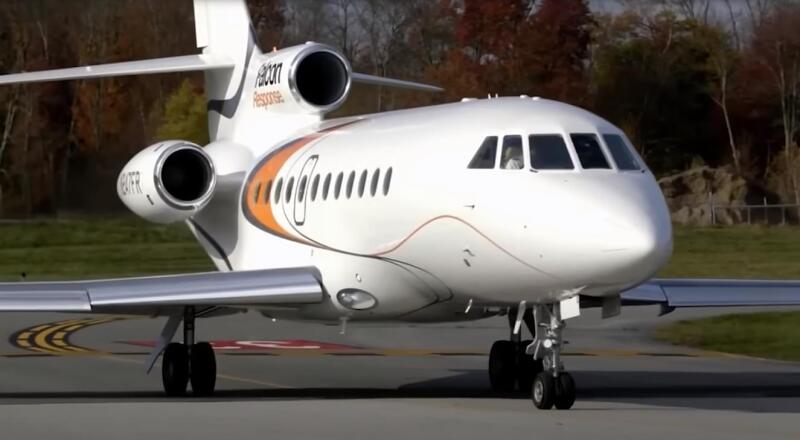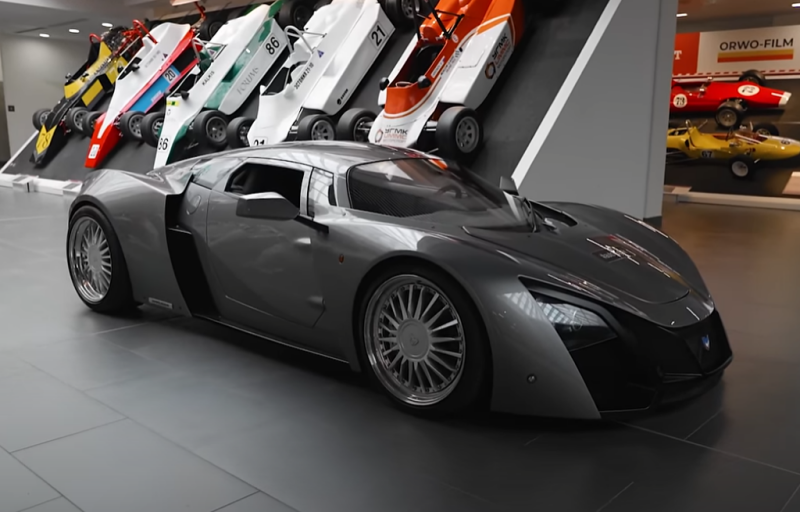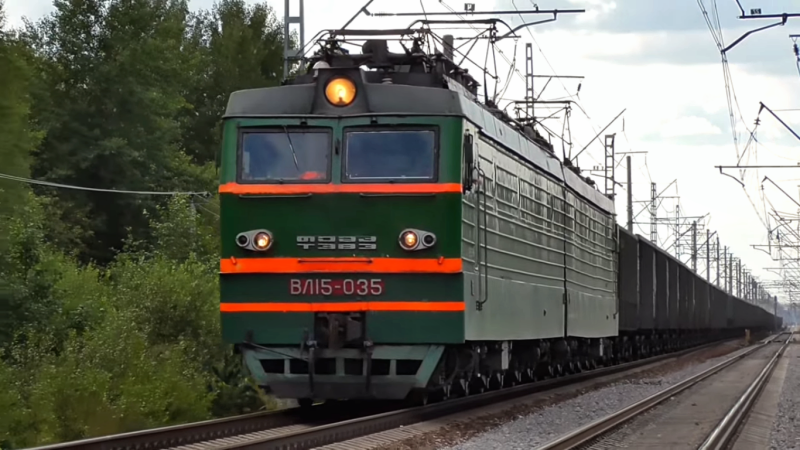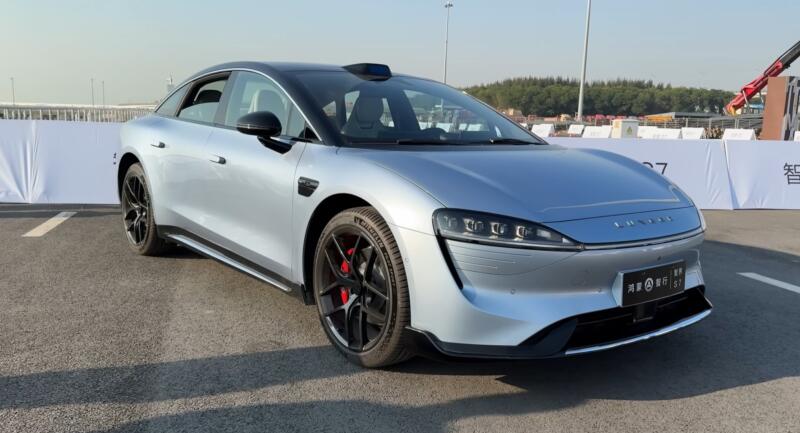Cooperation with Czechoslovakia looked like the most promising. In addition to such recognized "bison" as "Tatra" and "Skoda", the Slavic state had the capacity to produce other equipment for various purposes. In order to speed up the process of creating its own auto industry, Yugoslavia relied on technical assistance from Central Europe. And they didn't fail.
 The first cabover model TAM. Photo: youtube.com
The first cabover model TAM. Photo: youtube.comOf course, the first plant for the production of various components for aircraft appeared in Maribor back in 1941. It was organized specifically for equipment involved in hostilities. Now, in peacetime, the turn has come to transfer it to a peaceful track. It was this enterprise that became the basis for the future production of Yugoslav trucks under a Czechoslovak license.
TAM - Car Tovarna Maribor
In 1947, a special decree was issued by the government of the Federal People's Republic of Yugoslavia. It spoke about the official confirmation of the creation of the main automobile plant in the country, based on the basis of Maribor production.
The name of the enterprise was very simple - Tovarna Automobiles Maribor (TAM). In the English version, it sounded a little different: "Maribor Automobile Plant." From that day began the history of the Yugoslav brand TAM.
By this time, the facilities had already produced various components for trucks, now the time has come for market unification and a thorough approach to the process. It took fifteen years for the multinational country to announce its serious plans by presenting its own truck design.
If we nevertheless return to the 30s, then there we will see the first attempt of royal Yugoslavia to establish its own automobile production. In 1938, a competitive competition was held to select a model that would be produced by the local industry under license. It was conducted purely in Russian: whoever can overcome 8000 km of Yugoslav roads with a terrible surface without breakdowns, he won.
As a result, RN became the winner, with whom we signed a contract for the supply of components. Production was organized near the Yugoslav capital and named the Aleksandar Ranković Plant (ZAR). Perhaps it would have grown in the future to a full-fledged enterprise of the local automobile industry, because the first car assembled here left the assembly line in 1940. But the plans were not destined to come true, because next year the country was under fascist occupation.
 Over time, various equipment began to be manufactured in Maribor. Photo: youtube.com
Over time, various equipment began to be manufactured in Maribor. Photo: youtube.comAfter the war, they tried to restore everything here, but in three years they were able to assemble only 1200 copies of the new Pioneer truck. Such dynamics did not promise any prospects, therefore, at the top, they decided to transfer capacities to Maribor. From this moment begins the history of the Yugoslav truck under the Czechoslovak license.
TAM, which has become the hallmark of the city and the key to the country's prosperity
The enterprise itself and the trademark under which local cars were produced over the years have become a symbol of Yugoslav progress, giving it an automotive component. Cooperating for 15 years with the Czechs, the Yugoslavs produced only one Pioneer model, which was a copy of the Czechoslovak Praga truck.
During this time, they managed to collect 17416 units of such equipment. In addition to the classic flatbed trucks, this number also included special fire transport, passenger buses, etc. Despite the fact that this two-axle 3-ton truck had only a 67-horsepower engine, its role can hardly be overestimated. It was this technique that became the main support during the post-war reconstruction of the country.
 A lot of special equipment based on TAM was also produced. Photo: youtube.com
A lot of special equipment based on TAM was also produced. Photo: youtube.comHowever, Yugoslavia understood the need to move forward. Therefore, in the second half of the 50s, attempts were made to conclude a license agreement with the West German Magirus Deutz. This is another, higher level. Mutually beneficial cooperation started in 1957.
TAM 2000
It took several years for Yugoslav specialists to develop a completely new line of cars - TAM 2000. It was the agreement with a company from Germany that became a good help in this. Trucks of their own design got on the factory conveyor in the early 60s.
Such promotion made the plant the leader of the local automobile industry, and allowed the “two thousandth” plant to play the same important role that fell to our “lawns”. The beginning of the line was a 2-ton truck, which appeared in 1961. For the first time in the history of the country, he received a cable-free cab design and many other technical innovations. The car, nicknamed Tamic, was equipped with a 57-horsepower diesel engine from Perkins. A successful car immediately acquired a number of special-purpose modifications:
✅ fire fighting equipment
✅ food trucks
✅ dump trucks
✅ aerial platforms
The model had an excellent margin of safety and unpretentiousness in operation. This allowed not only to create many modifications, but also to carry out a number of upgrades. Such a move made it possible for a successful and sought-after truck not to leave the factory assembly line for a longer time.
Further development and TAM buses
In the next decade, the Yugoslavs continued to develop their own models. By the mid-70s, the numerical marking of cars had changed; it decreased by one digit and now indicated the power of the engine. So the “two thousandth” turned into TAM 60 (a little later a more powerful engine was installed on it, renamed TAM 75).
 TAM 260 A119, loved by Soviet drivers. Photo: youtube.com
TAM 260 A119, loved by Soviet drivers. Photo: youtube.comAt the same time, the production of a new 1,5-ton truck, assigned to the 110/150 family, started. These were all-wheel drive vehicles with an 8,5-liter diesel engine and power corresponding to the digital marking of the model. They were all-terrain vehicles capable of crossing fords up to 1 meter deep. But the release of upgraded versions of the most popular model of the plant continued until the end of the 80s.
Like most of these enterprises, the Yugoslav TAM also produced buses in limited quantities. Among them there were also tourist 48-seater TAM 260 A119. They were purchased in the amount of 450 pieces by the Soviet Committee for Tourism. Balkan vehicles took root well in this area, and Soviet drivers spoke well of the 260-horsepower units, putting them one step above the legendary Ikarus.
The crisis of the late 80s and modern history
In 1986, the automobile plant produced the 200th unit of its equipment, confirming its hegemony in this area. But the best times are still behind us. Although the dynamics of production grew, the general crisis in the socialist world could not pass by:
✅ 1947 - 27 trucks
✅ 1953 - the thousandth milestone was exceeded (1389)
✅ 1962 - 3013 pieces
✅ 1970 - 6442 vehicles
After that, production volumes began to decline markedly, although the company continued to work successfully until the end of the 80s. At the best of times, about 8000 workers worked on it, providing employment for the entire 30-strong city. Products were exported to African, Asian countries and even the USA.
 Marbus under license from the German MAN. Photo: youtube.com
Marbus under license from the German MAN. Photo: youtube.comWhen the history of the state called Yugoslavia came to an end, the company faced financial difficulties with might and main. The upcoming military conflict in the Balkans only exacerbated the situation. After some stabilization, the plant, now located in independent Slovenia, became a joint-stock company, consisting of 13 different enterprises. This happened in 1996. At the same time, MPP Vozilla appeared, which assembles automotive equipment. During that difficult period, production volumes fell to the level of the beginning of the history of the plant.
Further production is related only to buses: VIVAIR airport transport, VERO electric buses and VIVE test equipment. Since 2001, the company has been called Tovarna Vozil Maribor and has been assembling passenger vehicles under the Marbus brand from MAN components.
